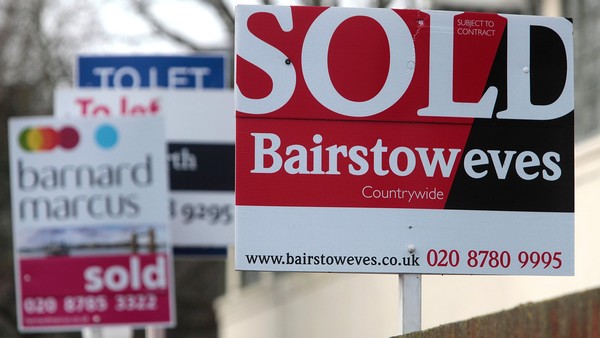Buy-to-let landlords rush to beat UK stamp duty surcharge
01-22-2016
Buy-to-let landlords determined to complete purchases before a new tax surcharge comes into effect in April are piling into the UK housing market, according to the Royal Institution of Chartered Surveyors.
The fresh data lend weight to the concerns of many economists that chancellor George Osborne’s decision to leave a window before the new tax rate applies risks distorting the housing market this year.
Peter Spencer, professor of economics at the University of York, told the Financial Times in its annual economist survey that the chancellor was “repeating the mistake of his predecessor Nigel Lawson who set an August deadline for cohabiting couples to claim double mortgage interest relief in his 1987 Budget.
“This mistake guarantees a bunfight in the first quarter followed by a relapse over the rest of the year.”
From the spring, buy-to-let investors and second homeowners will have to pay an additional 3 per cent stamp duty surcharge on purchases compared with residential buyers.
Simon Rubinsohn, chief economist at RICS, said December had been “unusually buoyant”, with demand for property reaching a three-month high.
He added that if his members’ reports that the increased activity is being driven by investors trying to get in under the wire are right, “we can expect to see the housing market heating up further over the next few months”.
Data from the Office for National Statistics, released on Tuesday, showed that the cost of buying a home accelerated slightly in November, with prices rising by 7.7 per cent in the year to November.
Private sector indices vary in their estimates, with the Halifax suggesting that prices rose by 9.5 per cent in 2015, but Nationwide estimating the rise was much smaller, at 4.5 per cent.
This mistake guarantees a bunfight in the first quarter followed by a relapse over the rest of the year
- Peter Spencer, University of York
All estimates though show prices rising faster than average incomes, and many forecasters predict rises will begin to moderate this year.
David Tinsley, an economist at UBS, said that while in the short run “a rush to beat stamp duty on buy-to-let properties will support the market, after April the market could look soggier”.
Alongside the additional tax announced in the Autumn Statement, buy-to-let landlords also face an end to higher-rate tax relief on mortgage payments from 2017, and will be able to reclaim less for wear and tear on their properties.
The Bank of England’s Financial Policy Committee is also looking closely at the sector because of concerns that in the event of a market shock investors could all try to exit the market at once.
In a speech on Tuesday in which he played down the prospect of an imminent interest rate rise, Mark Carney, the bank’s governor, said “increased vigilance” was merited on the build up of debt and credit, adding “it doesn’t take a genius to recognise that a prolonged period of low and relatively predictable interest rates could encourage a build-up of excessive risks”.
The combination of the measures means the Council of Mortgage Lenders predicts that new buy-to-let purchases will start to decline from 2016, after five years of growth.
However, not everyone is convinced. Azad Zangana, senior economist at Schroders, said that while the measures may have a small impact, with interest rates low, demand will continue to outstrip supply. “In a rising market, those using property as an investment will not worry about such a small additional cost.”


